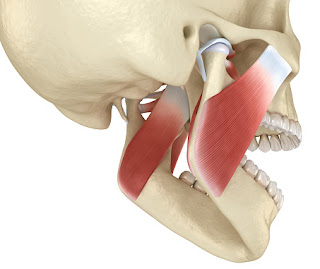Cluster Headaches Treatments And Symptoms
Men are affected by cluster headaches more than women. They typically start around age 30. Cluster headaches are rare when compared with other types of headaches. The pain they produce is severe and tends to recur in the same way each time. They occur in groups, or clusters. Each attack lasts about 1 to 3 hours on average. They may occur every other day, up to multiple times a day. Cluster periods are followed by remissions where there are no headaches. These may last months or years.
Cluster headaches begin quickly and without warning. The pain is very severe and is often described as a sharp, burning or piercing sensation on one side of the head. It's often felt around the eye, temple and sometimes face. It tends to affect the same side for each attack. People often feel restless and agitated during an attack because the pain is so intense, and they may react by rocking, pacing or banging their head against the wall.
You may also get 1 or more of the following symptoms:
a red and watering eye
drooping and swelling of 1 eyelid
a smaller pupil in 1 eye
a sweaty face
a blocked or runny nostril
The attacks generally last between 15 minutes and 3 hours, and typically occur between 1 and 8 times a day.
Causes
The exact cause of cluster headaches is not clear, but they have been linked to activity in part of the brain called the hypothalamus. People who smoke seem to have a higher risk of getting cluster headaches. Some people who get cluster headaches have other family members who also get them, which suggests there may be a genetic link. Cluster headache attacks can sometimes be triggered by drinking alcohol or by strong smells, such as perfume, paint or petrol.
Treatment
A two-pronged approach is used for treatment of cluster headaches:
Stopping an attack
Preventing future attacks
To stop or at least control an attack in progress, you may be given high-dose oxygen therapy through a face mask for 15 to 20 minutes. Your healthcare provider may also prescribe a nasal spray called sumatriptan to ease the severe pain of a cluster headache. Sumatriptan is a selective serotonin receptor agonist. This medicine causes blood vessels in the brain to constrict. This eases pain.
The second part of cluster headache treatment is to prevent recurrent attacks by using daily medicine. Several medicines are used to prevent cluster headache attacks:
Verapamil. A medicine that relaxes blood vessels.
Prednisone. A steroid that reduces inflammation and swelling.
Lithium carbonate. A medicine that restores the balance of certain brain chemicals.
Anti-seizure medicines. Medicines that may help reduce the number of cluster headaches.
When should I call my healthcare provider?
Some danger signs may occur with cluster headaches that mean you should get medical care right away. These include:
Changes in alertness
Loss of movement or sensation
Drowsiness
Nausea or vomiting
Seizure activity
Changes in vision
A true cluster headache is not life threatening. It does not cause permanent brain damage. But, they tend to be long-term (chronic) and recurrent. They can interfere with your lifestyle or work. To prevent a cluster headache, it’s important to find out what triggers your headaches. Try not smoking and using alcohol. Your healthcare provider may be able to prescribe a medicine plan that will help prevent cluster headaches.



Comments
Post a Comment